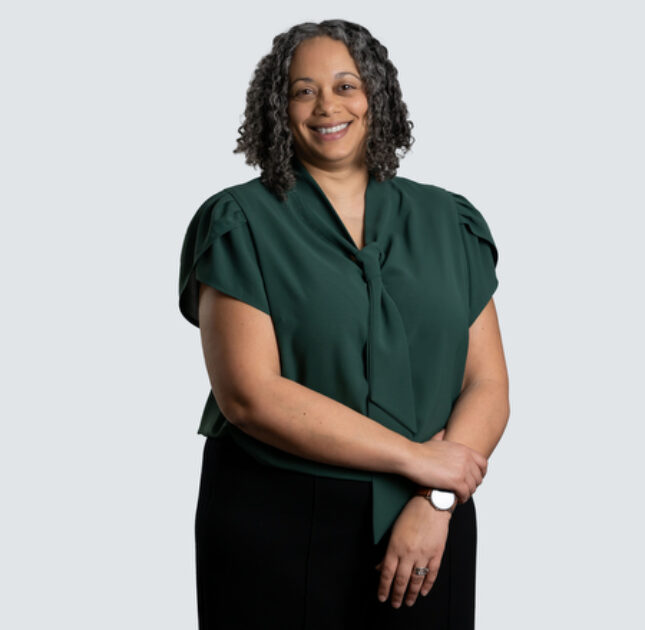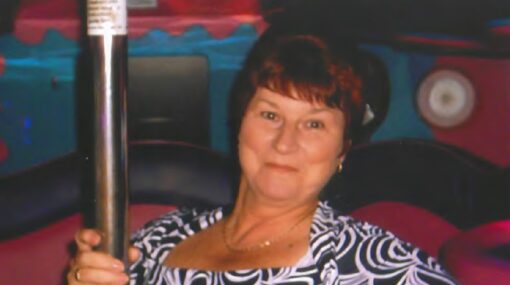About our spinal cord injury team in Manchester
Our team of spinal cord injury lawyers in Manchester comprises 7 partners and 7 additional lawyers, distinguished for their rigorous approach to litigation and unwavering attention to detail. Renowned as formidable opponents, we are recognised for our strong advocacy skills and uncompromising stance against Defendant delays. With a track record of tackling complex cases that other firms have turned down, we are committed to advocating for our clients with dedication and expertise.











